Blackfishing, also known as luderick fishing, is a pursuit that requires skill, patience, and a keen understanding of the fish's habits. For seasoned anglers, the thrill comes not just from the catch but from mastering the subtle nuances that make this style of fishing both challenging and rewarding. This guide will delve into the reasons why blackfish frequent certain areas and offer comprehensive strategies to increase your chances of success.
Understanding Blackfish Behavior
Blackfish frequent specific areas primarily for two reasons: feeding and breeding. These locations offer abundant food and suitable conditions for spawning, which makes them attractive year after year. Blackfish are highly territorial, defending their patch vigorously, which means that once you find a productive area, it’s likely to remain fruitful for a long time. Knowing this, it’s essential to familiarize yourself with your chosen spot—observe the underwater landscape, noting any rocky outcrops or weed-covered areas where blackfish are likely to congregate.
Getting Started: Essential Tips
-
Learn from the Experts
The best way to start blackfishing is by accompanying an experienced angler on your initial outings. Observing a pro will teach you the nuances that are difficult to grasp from reading alone. Blackfishing demands a blend of observation, patience, concentration, and the use of the right bait—either weed or cabbage. When you're watching the float, vigilance is key; the moment you look away could be the moment the float dips and you miss a strike. Blackfish tend to stay close to rocks, where they feel safe. The closer you can present your bait to the wall or rocky outcrop, the better your chances of a strike, though this also increases the likelihood of snagging.- Timing and Water Conditions: During high tide, clear water allows you to scout for good fishing spots, identifying potential snags in advance. The last of the outgoing tide and the start of the incoming tide are often the most productive times to fish, as the water is murkier and fish tend to feed more aggressively. After large evening high tides, blackfish are often more active the following morning.
-
Choosing the Right Bait
Fresh weed or cabbage is crucial for successful blackfishing. Different types of weed work at different times, so it’s a good idea to have a variety on hand. For instance, stringy green weed, often found around rocks or in saltwater pools, is a reliable option, especially during warmer months. In winter, when weed is harder to find, bubble weed, which is crunchier and available in colder conditions, can be very effective.-
Preparing the Bait: Use small amounts of weed or cabbage—just enough to cover the hook. If using the streamer-type cabbage, pinch off any long pieces to about 2-3 cm from the hook. The bait should be small enough for the fish to suck it in whole, rather than nibbling around the edges. When fishing from breakwalls or rocks, using cabbage might also attract drummer, a species known for their strong fight and ability to quickly snap lighter traces by diving into the rocks.
-
Bait Presentation: If you notice that your float isn’t dipping after several drifts, adjust the depth by moving the stopper knot up or down a hand's length. Check your bait regularly—if it looks straggly or has been chewed, replace it immediately.
-
-
Using the Proper Floats
The choice of float can significantly impact your blackfishing experience. Here are three types of floats that are particularly effective:- Single Attachment Stick Float: Best used in calmer waters, this float is highly sensitive, making it easier to detect even the lightest bites.
- Double-Eyed Stick Float: This float offers versatility and stability across various water conditions, making it a reliable choice for different environments.
- Oval Bobber: Ideal for rougher waters, the oval bobber’s high visibility and buoyancy make it easy to spot in choppy conditions.
Advanced Float Techniques: Adjusting your float setup is key to success. In calmer water, reduce the amount of the float tip showing above the surface—almost to neutral buoyancy. In rougher conditions, a slightly more buoyant setup with additional split shot can help keep your float stable. If the fish are shy and only nibbling at your bait, consider adding a straw extension to your float and increasing the weight to make it sit just below the surface, making any nibble more noticeable.
-
Safety First
Fishing from rocks requires caution. Wear shoes with good grip, such as neoprene rock shoes with spikes, and always be aware of your surroundings, especially in high swell areas. If you’re fishing from ledges that may submerge at high tide, consider wearing a self-inflating personal flotation device (PFD) for safety. In the event that you’re washed into the sea, remember to swim away from the rocks to avoid injury from the crashing waves. Off the rocks, bright bobby corks can be used to improve visibility in windy or washy conditions. -
Selecting the Right Gear
Any rod with a soft tip and strong butt will suffice when starting out. A 10ft collapsible rod is a good beginner's choice, but as you gain experience, you might want to invest in a dedicated blackfish rod, typically labeled 'bf4144' (indicating blackfish, 4-wrap, 144 inches long). These rods are designed with a flexible top section to absorb shocks during a fight, and a strong butt section to help lift fish if a net isn't available.
Advanced Techniques
-
Float Setup
When fishing in deeper waters, a running float setup is preferred, while a fixed float works best in shallower waters. Minimize the number of weights on your line to avoid tangles when casting, and consider using a small lead shot about 20cm above the hook to keep the bait directly under the float. Some anglers have found success placing split shot as close as 5cm above the hook when fish are biting lightly, leading to more consistent hook-ups. -
Fishing Without a Float
In areas with little to no current, such as sheltered jetties, blackfish can be caught without a float by using just enough weight to sink the bait. Attach a small split shot sinker or swivel above the hook, allowing the bait to drift naturally in the water. -
Berleying
Berley, or groundbait, is often used to attract blackfish to your fishing area. A simple mix of chopped weed, bread, and damp sand can be effective. Use sparingly to avoid feeding the fish too much, which could lead them away from your hook. In areas with strong currents, consider using a paper bag filled with berley tied to a string. Lower it into the water, and when it reaches the bottom, give it a yank to release the contents, keeping the fish close to your location. -
Night Fishing
While blackfishing is typically a daytime activity, fishing at night can be productive, particularly with live baits like nippers or blood worms. This technique is especially effective later in the year when blackfish are in need of a more protein-rich diet. During these times, you may also hook into bream, which are more active at night.
Refining Your Technique
-
Hook and Line Setup
Use a 6lb fluorocarbon leader, though some anglers prefer lighter or heavier lines depending on conditions. When tying your hook, leave a loop to thread the weed through before twisting it around the hook twice in each direction. This method ensures that the bait stays on the hook, with a small portion hanging below the bend to entice the fish. -
Casting and Striking
Blackfishing requires a different casting technique compared to other types of fishing. Instead of an overhead cast, use a controlled underarm flick, allowing the float and sinkers to carry the line out. After casting, keep the rod pointed toward the float, maintaining a slight slack in the line. This setup ensures that when the float dips, you can quickly set the hook without dragging the line through the water.- Striking: When the float dips or moves against the current, strike swiftly but not too hard. Blackfish have small mouths, and a gentle lift of the rod is often enough to set the hook. If the fish is well hooked, you’ll feel immediate resistance and head shakes. Keep the rod tip high and maintain pressure to prevent the fish from throwing the hook.
-
Landing the Fish
When reeling in a blackfish, especially with lighter traces, avoid lifting it directly out of the water. Use a landing net to secure the fish, as blackfish are known for their strong fight and can easily break free if the hook is not securely set. The most critical moment is when the fish is on the surface; their thrashing can dislodge the hook if there’s too much slack in the line. -
Float and Line Maintenance
Regularly check the position of your stopper knot to ensure you’re fishing at the correct depth. After landing a fish, the stopper knot can sometimes shift, so make it a habit to verify its position before recasting. Additionally, observe your float’s behavior—if it’s bobbing or moving erratically, it could indicate a fish is nibbling at your bait. In such cases, give a quick jerk to set the hook. -
Etiquette and Respect
Blackfishing often takes place in popular spots, so it’s important to practice good fishing etiquette. Don’t crowd other anglers, and always ask before joining someone in a spot. Experienced blackfish anglers can fish shoulder to shoulder without fear of tangling lines but it takes skill and practice. If you’re unsure, give other anglers plenty of space, at least 5-10 meters. Respecting these unwritten rules ensures a pleasant experience for everyone involved.

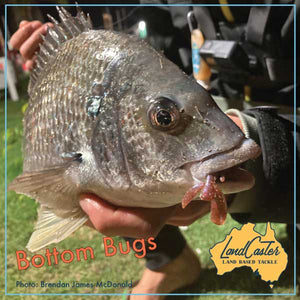
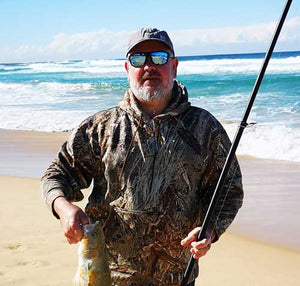
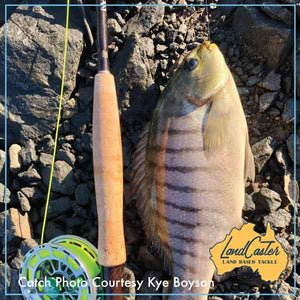
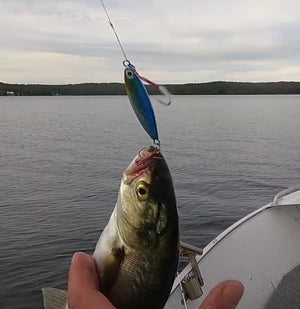
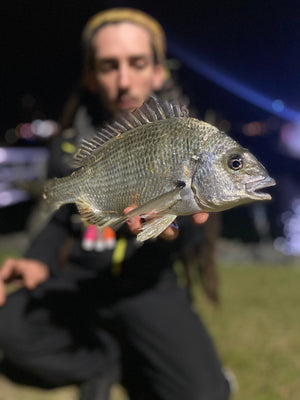
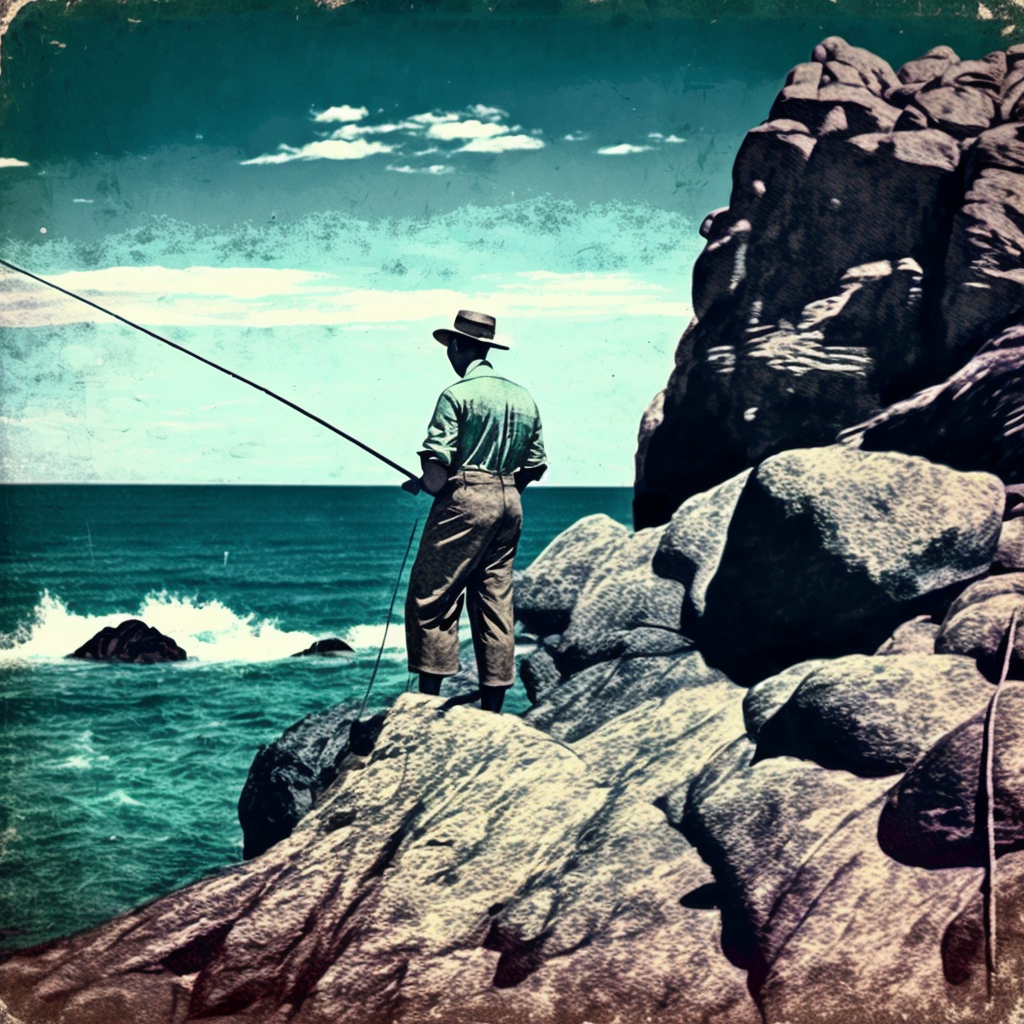
Leave a comment